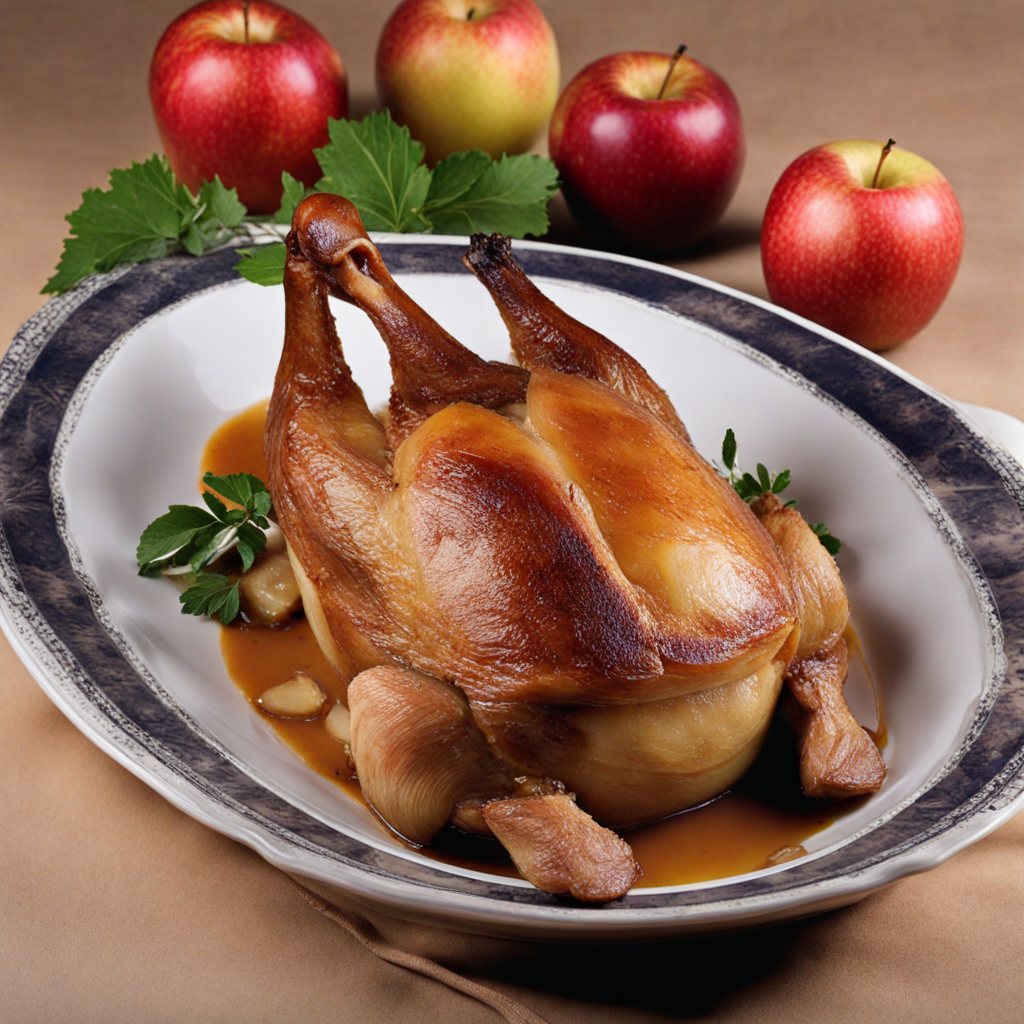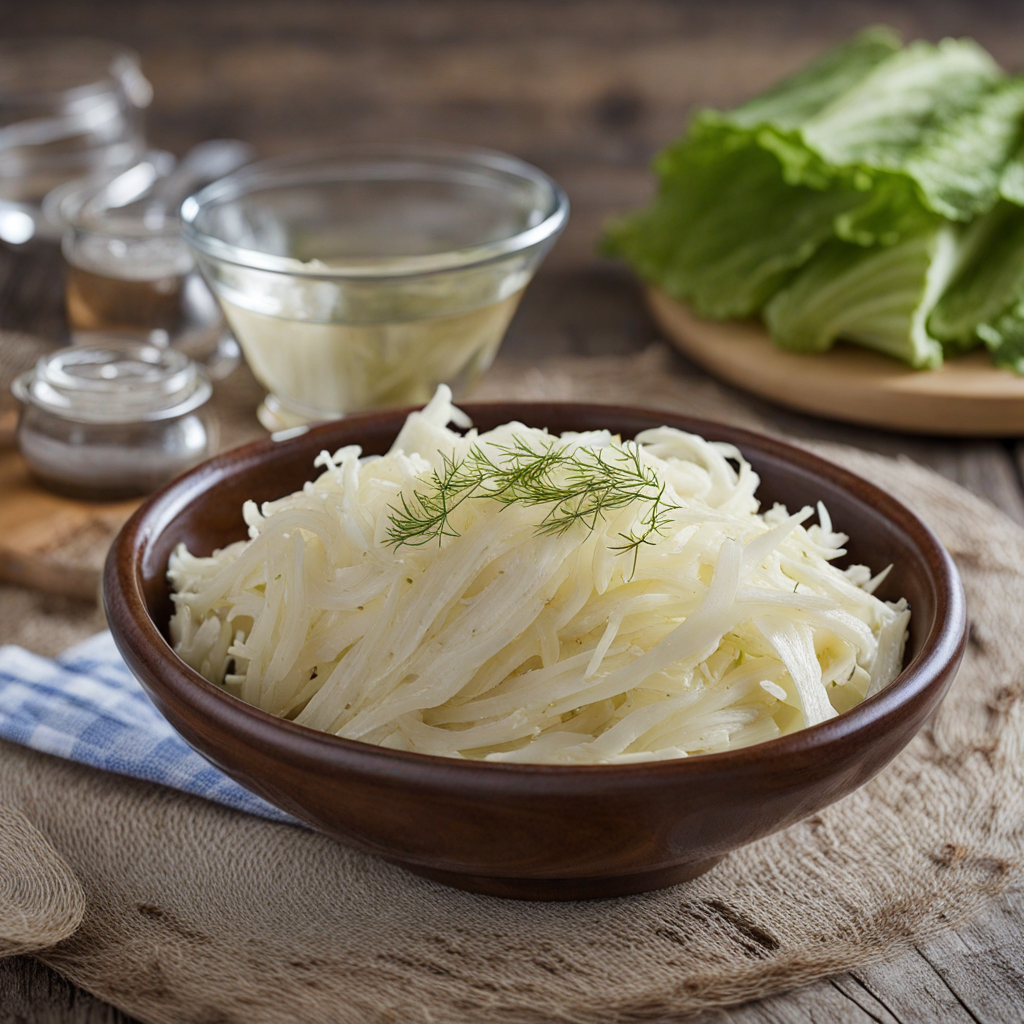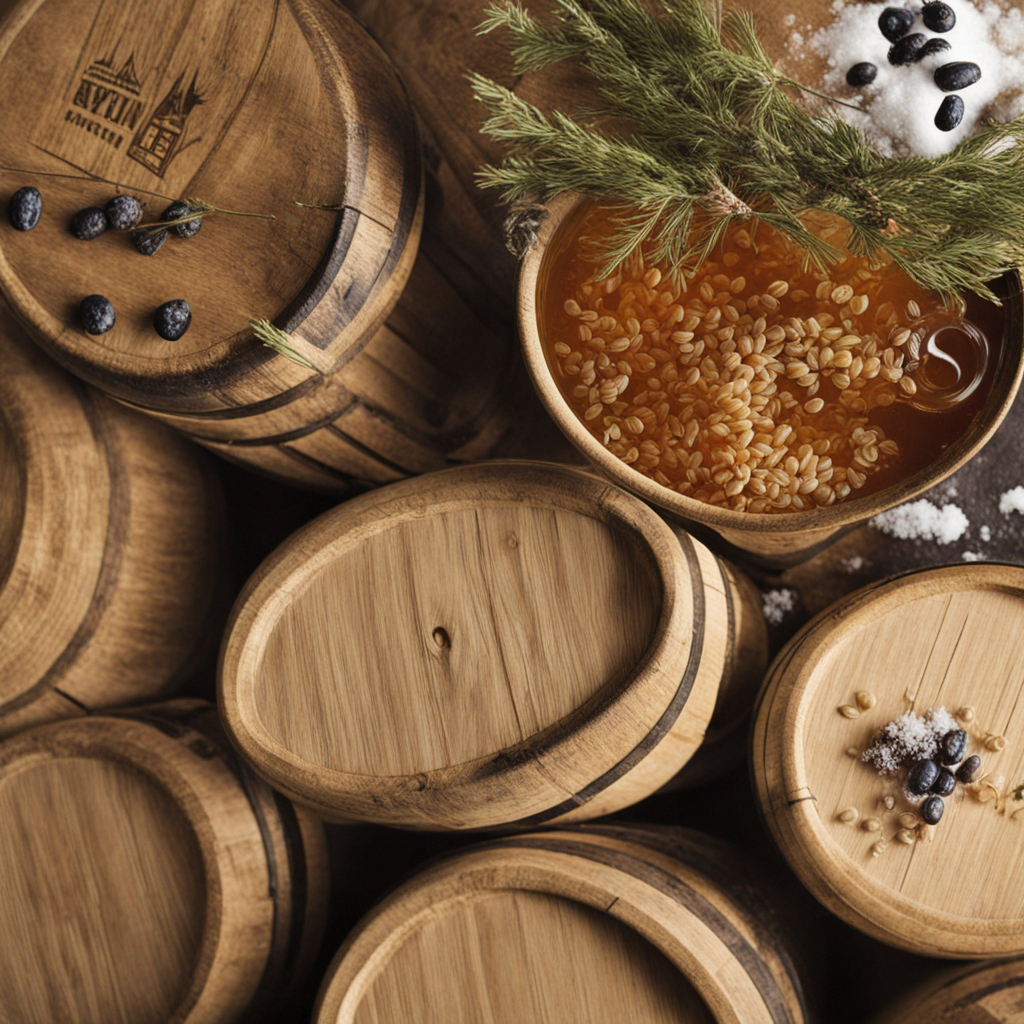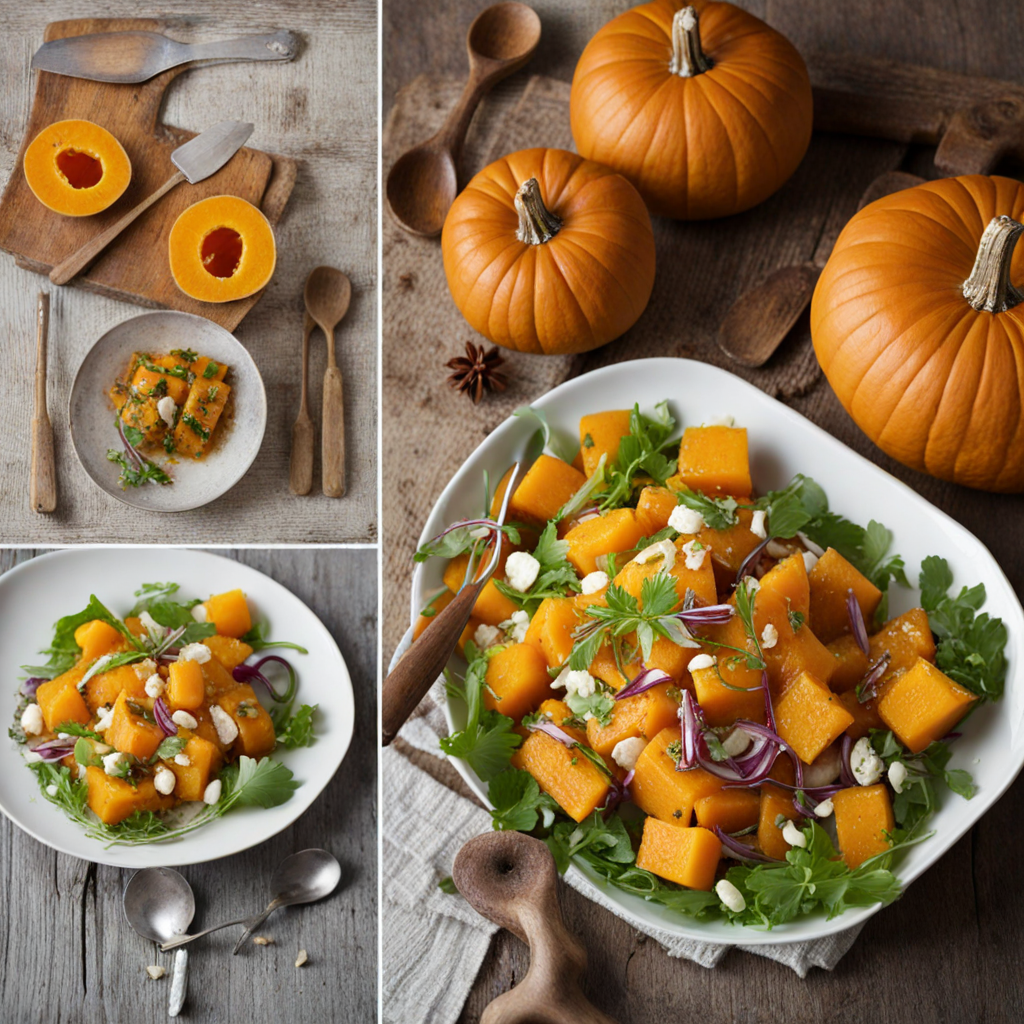Roasted Duck with Apples
Roasted Duck with Apples is a delightful dish that beautifully showcases the rich culinary traditions of Estonia. The duck is typically slow-roasted to achieve a perfectly crisp skin while ensuring the meat remains juicy and tender. The cooking process often involves seasoning the duck with a blend of aromatic herbs and spices, which enhances its natural flavors. This Estonian classic is known for its balance between savory and sweet components, making it a unique offering in the realm of roasted meats. What sets this dish apart is the addition of apples, which are often stuffed inside the cavity of the duck or roasted alongside it. The apples, typically tart varieties such as Granny Smith or local Estonian apples, provide a refreshing contrast to the rich, fatty meat. As the duck roasts, the apples caramelize, releasing their juices and mingling with the drippings, resulting in a delightful sauce that complements the dish beautifully. This sweet and savory pairing is a hallmark of Estonian cuisine, reflecting the country's connection to its agricultural roots. Served alongside traditional accompaniments like creamy potato puree or roasted root vegetables, Roasted Duck with Apples is not just a meal but an experience. The combination of flavors, textures, and aromas creates a dish that is both comforting and sophisticated, making it a perfect centerpiece for festive gatherings or a cozy family dinner. Each bite is a celebration of Estonian culinary heritage, inviting you to explore the subtle nuances of this extraordinary dish.
How It Became This Dish
The History of Pardipraad Õuntega: A Culinary Gem of Estonia #### Origins of Pardipraad Õuntega Pardipraad õuntega, or duck with apples, is a traditional Estonian dish that embodies the rich agricultural heritage and culinary traditions of the region. Estonia, located in Northern Europe, has a history shaped by its diverse cultural influences and its bountiful natural resources. The origins of this dish can be traced back to the rural communities that thrived on the fertile lands surrounding the Baltic Sea. Duck has been part of the Estonian diet for centuries, favored for its rich flavor and versatility. It was particularly prevalent in the diets of the peasantry, who would raise ducks for their meat and eggs. However, the inclusion of apples in this dish reveals a deeper connection to Estonia’s agricultural practices. Apple orchards flourished in the Estonian countryside, brought forth by the country's temperate climate and the influence of various invaders and traders who introduced new agricultural techniques and crops. The combination of duck and apples is thought to be inspired by a broader European trend of pairing rich meats with fruit, a practice that dates back to medieval Europe. In Estonia, this combination was not merely a culinary decision; it was a reflection of the changing seasons and the abundance of local produce. The use of apples, a fruit that has been cultivated in the region since at least the Middle Ages, signifies both innovation in the kitchen and a connection to the land. #### Cultural Significance Pardipraad õuntega holds a significant place in Estonian cuisine, especially during festive occasions such as Midsummer and Christmas. The dish is often associated with gatherings of family and friends, epitomizing the warmth and hospitality of Estonian culture. In a country where communal meals are cherished, serving duck with apples represents an invitation to share in the bounty of the season. The dish also reflects Estonia's agricultural identity. With a landscape dotted with farms, orchards, and lakes, Estonians have always had a close relationship with their environment. Pardipraad õuntega serves as a culinary celebration of this bond, showcasing locally sourced ingredients that highlight the best of what the land has to offer. The reliance on seasonal produce is a testament to the Estonian ethos of sustainability and respect for nature. Moreover, the dish is symbolic of Estonia’s resilience and adaptability. Through centuries of foreign rule and cultural shifts, Estonian cuisine has evolved while maintaining its core traditions. The adaptation of Pardipraad õuntega over time illustrates how Estonian cooks have embraced influences from neighboring countries, incorporating new flavors and techniques while preserving their local identity. #### Development Over Time The evolution of Pardipraad õuntega can be viewed through various historical lenses, particularly during key periods in Estonia's history. The 19th century, often regarded as a time of national awakening, saw a renewed interest in folk culture and traditional recipes. Nationalist sentiments encouraged Estonians to reclaim their culinary heritage, and dishes like Pardipraad õuntega were celebrated as symbols of national pride. During the Soviet occupation from the late 1940s to the early 1990s, traditional dishes faced challenges as the state promoted a homogenized diet that often overshadowed local flavors. However, Pardipraad õuntega persisted, albeit in adapted forms. Cooks began to incorporate more readily available ingredients, reflecting the limitations of the time while still striving to honor the traditional preparation methods. The post-independence era in Estonia has brought a culinary renaissance. As the country opened up to international influences and embraced its EU membership, there was a resurgence of interest in traditional cuisine. Chefs began to explore and reinterpret classic dishes, leading to a revival of Pardipraad õuntega in modern Estonian kitchens. Contemporary interpretations of the dish may include innovative twists, such as the use of different apple varieties or unique seasoning blends, while still respecting the essence of the original recipe. Today, Pardipraad õuntega is celebrated in fine dining establishments as well as home kitchens across Estonia. Its presence on menus symbolizes a commitment to local produce and traditional recipes, appealing to both locals and tourists eager to experience authentic Estonian flavors. Food festivals and cultural events often feature this dish, showcasing its significance in the national culinary narrative. #### Ingredients and Preparation The traditional preparation of Pardipraad õuntega involves roasting a whole duck, which is then served with a sauce made from cooked apples, often enhanced with spices such as cinnamon or cloves. The combination of the savory, rich duck meat and the sweet-tartness of the apples creates a complex flavor profile that is both comforting and sophisticated. Modern variations may include different cooking methods, such as braising or smoking the duck, as well as the use of various apple varieties that can add unique flavors to the dish. Side dishes may consist of roasted root vegetables or creamy potato purée, further enhancing the meal’s appeal. #### Conclusion Pardipraad õuntega is more than just a dish; it is a reflection of Estonia's history, culture, and connection to the land. From its humble origins in rural kitchens to its place in contemporary culinary practices, this dish embodies the spirit of Estonian cuisine. As it continues to evolve, Pardipraad õuntega serves as a reminder of the importance of tradition, community, and the celebration of local ingredients. For Estonians, each bite of duck with apples tells a story—a story of resilience, identity, and the enduring power of good food to bring people together.
You may like
Discover local flavors from Estonia







